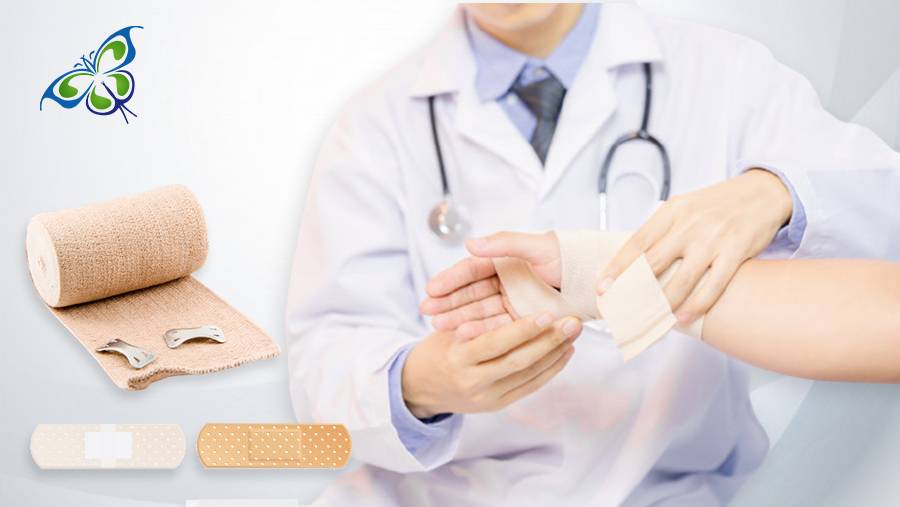
Hello
Select Address

You are back from the hospital or the clinic where you had been rushed after meeting with that mishap. After the first phase of treatment and wound dressing, you are now to trot back home. And all that you are occupied with is your daily regime – when and how to dress the wound, how often to dress it, what are the other types (apart from the one advised by your healthcare facility) etc. etc.
This write-up involves an effort to throw light on the different types of wound dressing and especially the use and purpose of contact layers in wound treatment.
The different dressing types…
More than ten different variants of dressings can be talked about. These varieties together constitutes today's 'specialty dressings' or the 'advanced' dressings for wound care. The most common specialty dressing types can be broadly segmented into 2 –
Antimicrobial dressing – Their main ingredients are either silver or sodium chloride which helps in preventing bacterial growth and infection in the process. They are available in gels, pads, foams, pastes, powders, sheets, creams, beads, ointments, etc.
Dressings that control moisture / absorptive dressings – These are highly permeable and provides for autolytic debridement from the wound bed. They either aid in maintaining a moist environment or a water-tight one in case of heavy exudates.
Apart from the above 2 broad segments, specialty dressings come in several variants like foam, alginate, hydrogel, hydrocolloid, silicone sheets, transparent films, and so on. Contact layers are among the popular specialty dressings today!
Why are ‘contact layers’ named so?
These are thin, single layers that come in the non-adherent form. They are mostly non-woven but are widely available in the woven form too. Its high permeability allows the wound exudate to percolate into the next dressing that might be the secondary dressing form. They are sometimes used along with wound packaging material too.
Things to remember about contact layer dressing…
1. They allow the passage of fluid from the wound bed
2. These dressings can be left in place up to about 1 week. (Only the secondary dressing might need to be changed)
There are certain cases where these dressings are not recommended –
• Third-degree burns
• Shallow or small-sized wounds
• Tunneling wounds that have excessively undermined
The concept of “leave it open & let it dry” …
That is exactly what your mom or grandmom told you when you injured your knee or elbow in the school playground; “Leave that wound open and let it dry…it will heal soon”! Well, this is not always the right thing to do! Wound dressings have their specific purposes and functionalities. The major ones are –
• Act as a substitute for the lost epithelium
• Protecting the wound from bacterial infection as well as any further trauma
• Conforms to the shape of the wound
• Absorb fluids (exudates) from the wound bed
• Providing pressure for hemostasis
• Providing for re-epithelialization during the reparative phase of wound healing
In the process of performing the above-mentioned functionalities, modern wound dressings provide pain relief and further easy or painless removal.
Thus, wound dressings have a pivotal role to play! And contact layers are one of the traditional dressing techniques that are fluid-permeable, non-adherent, and easy to remove during dressing renewals too.